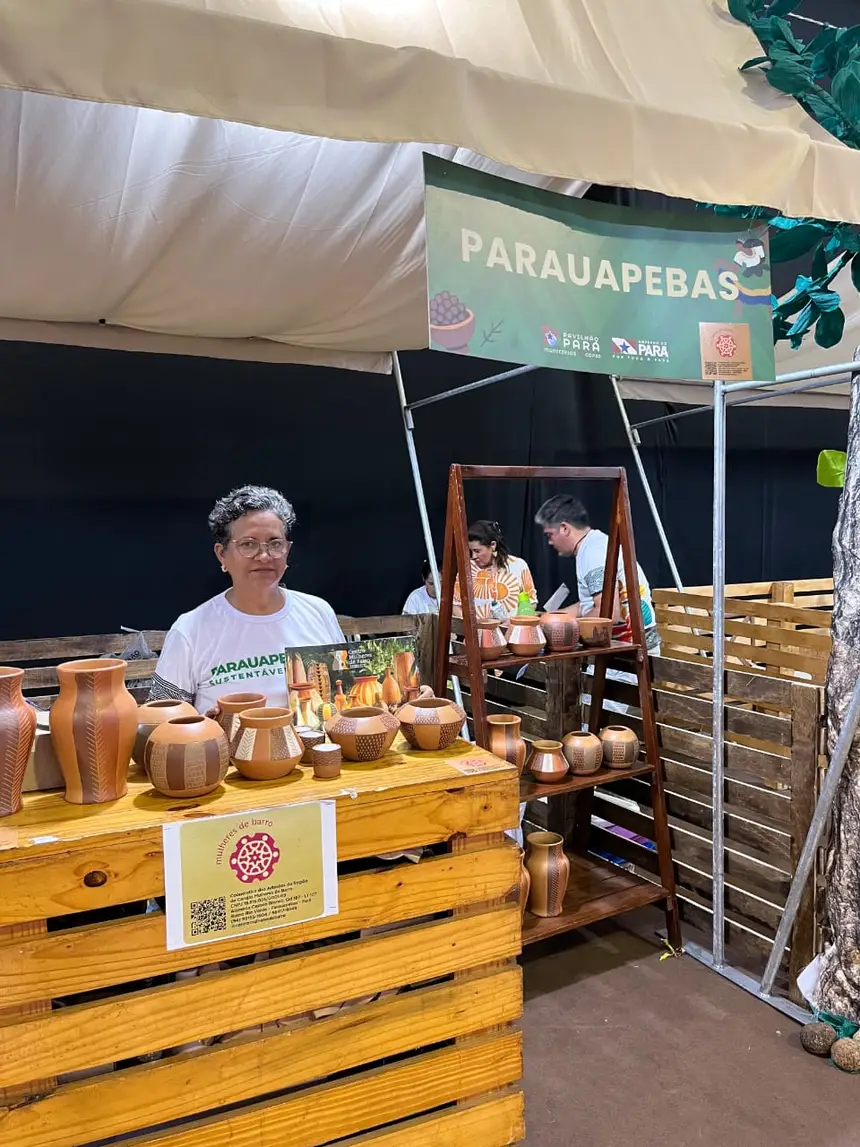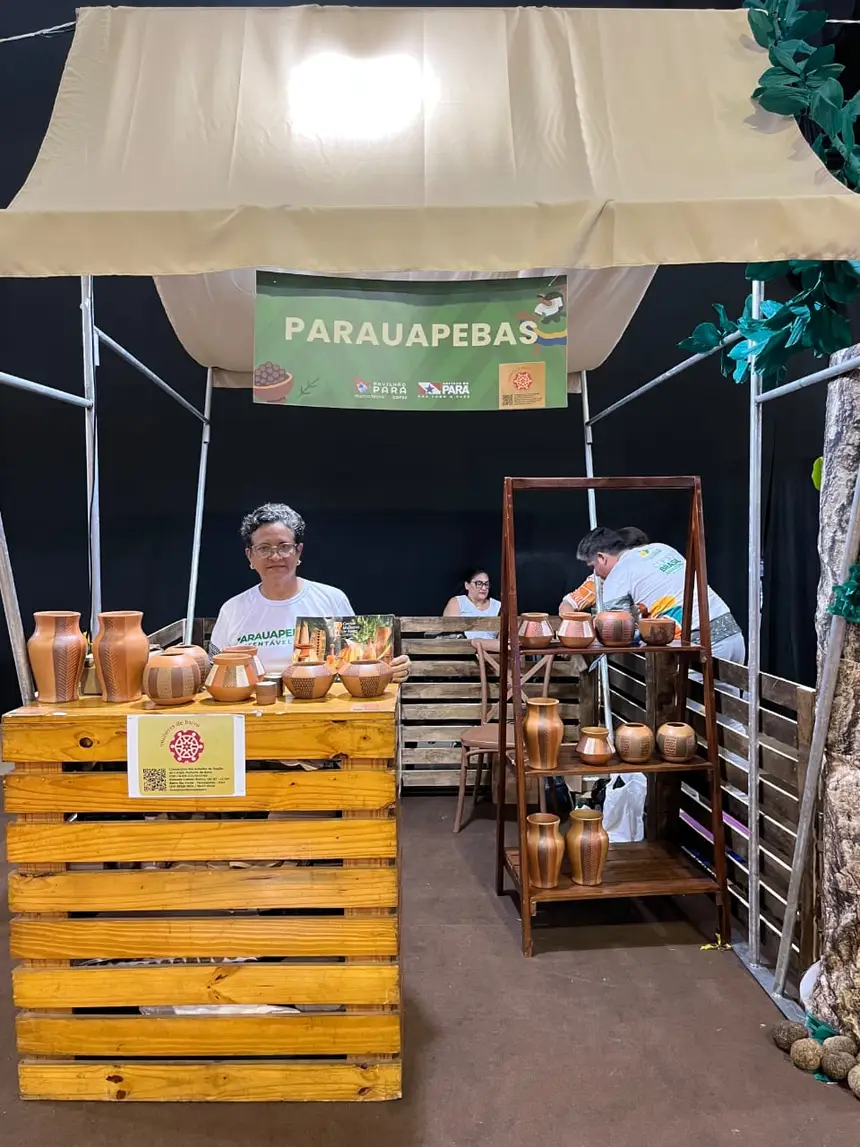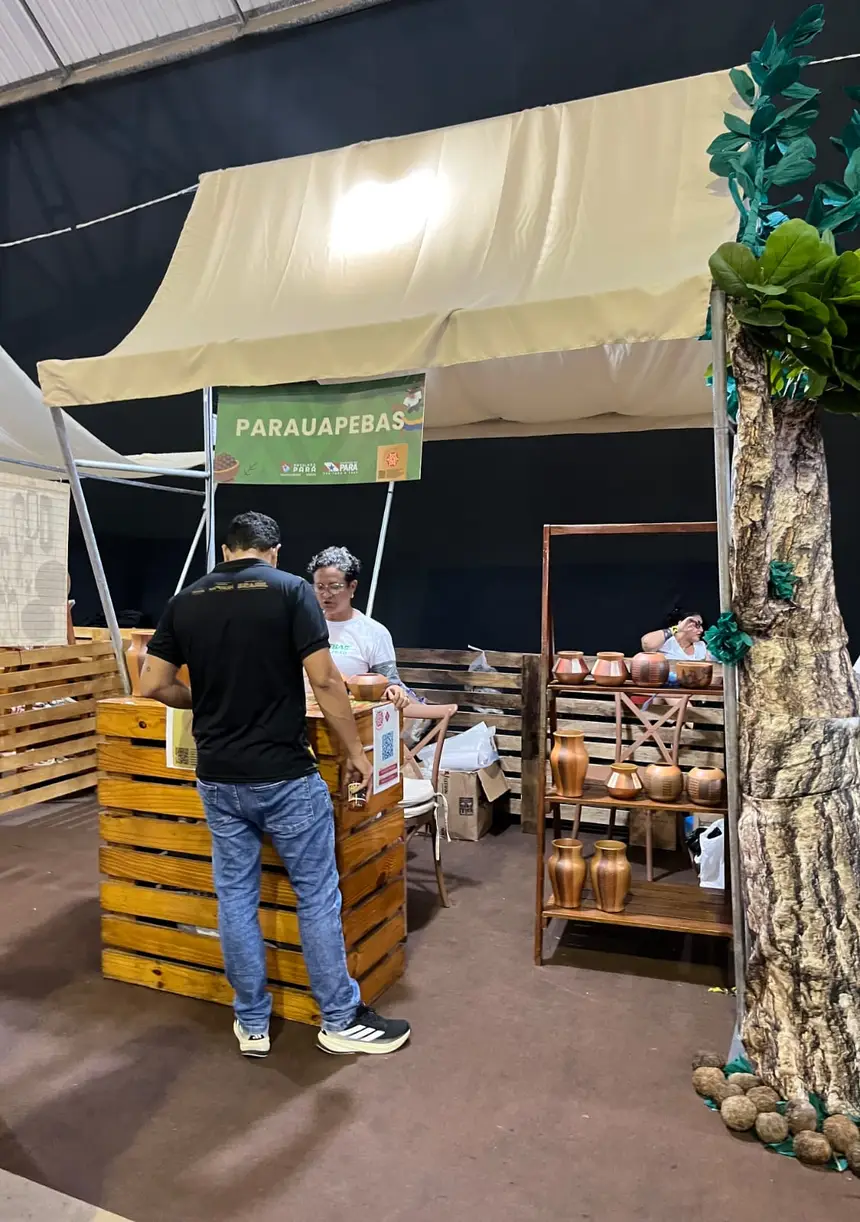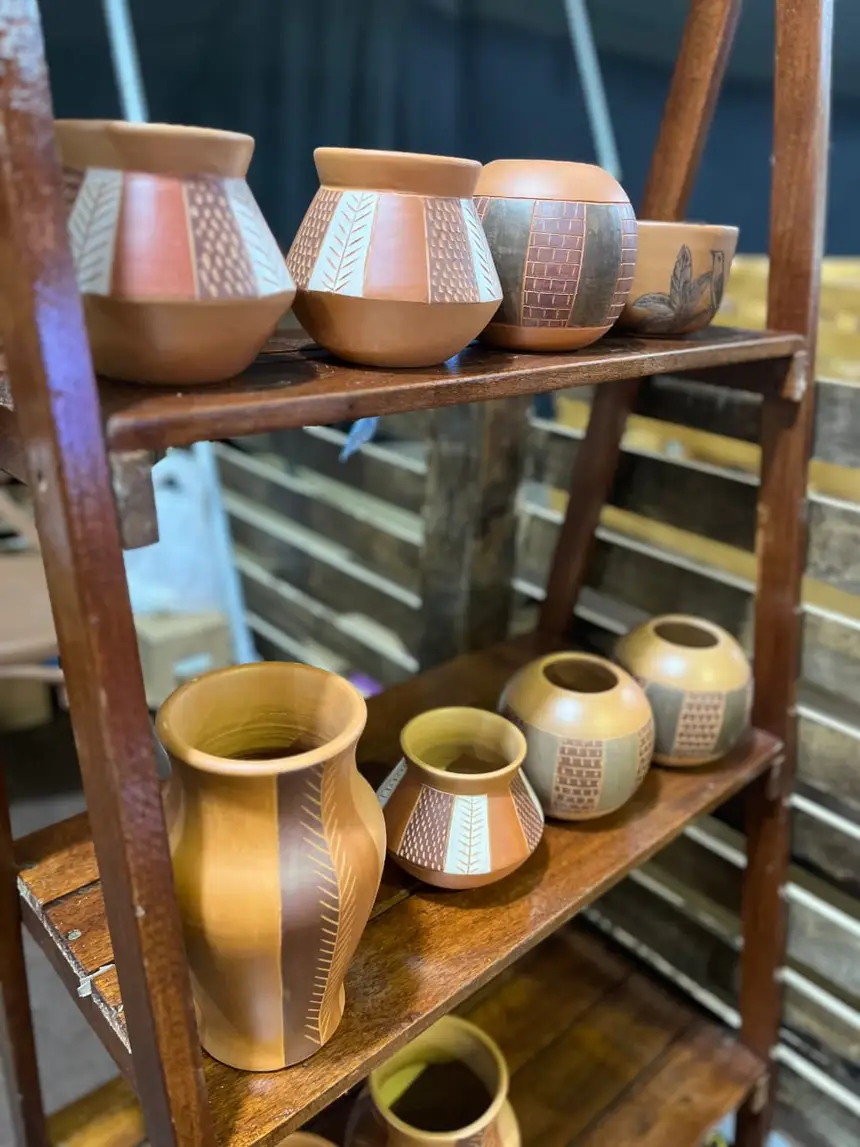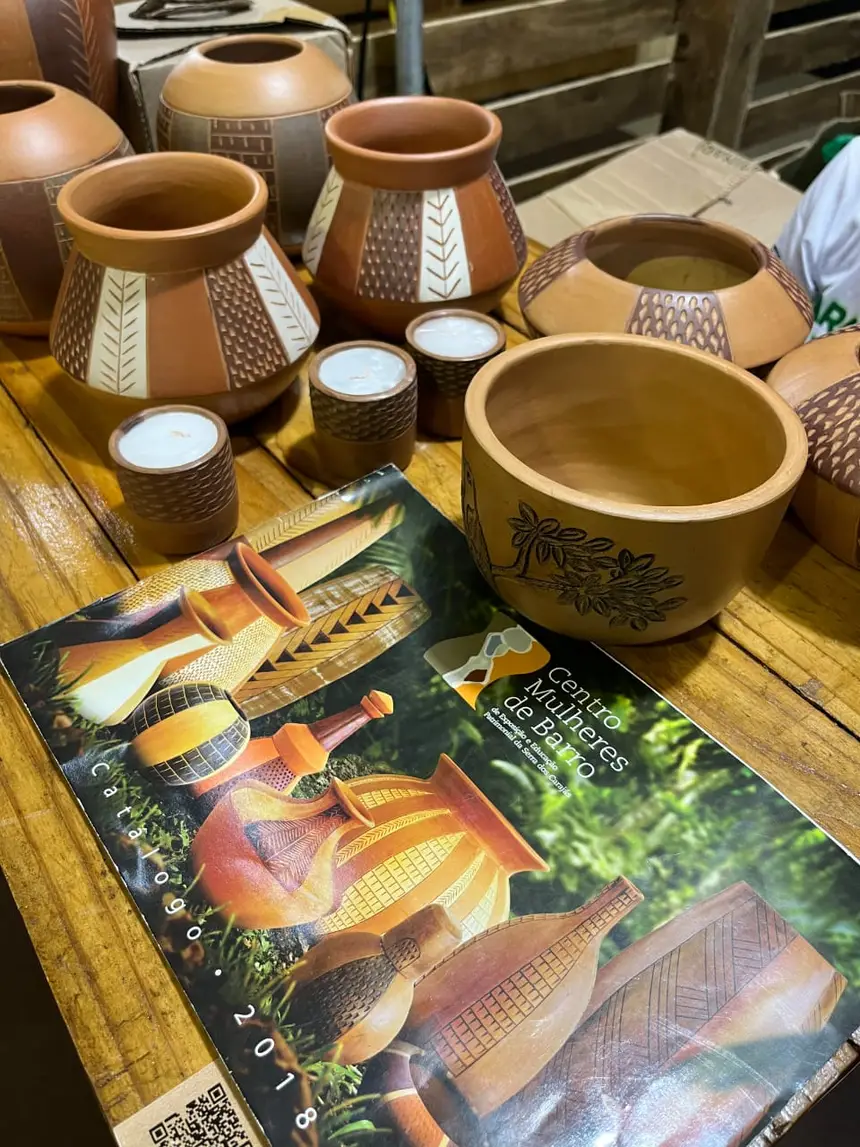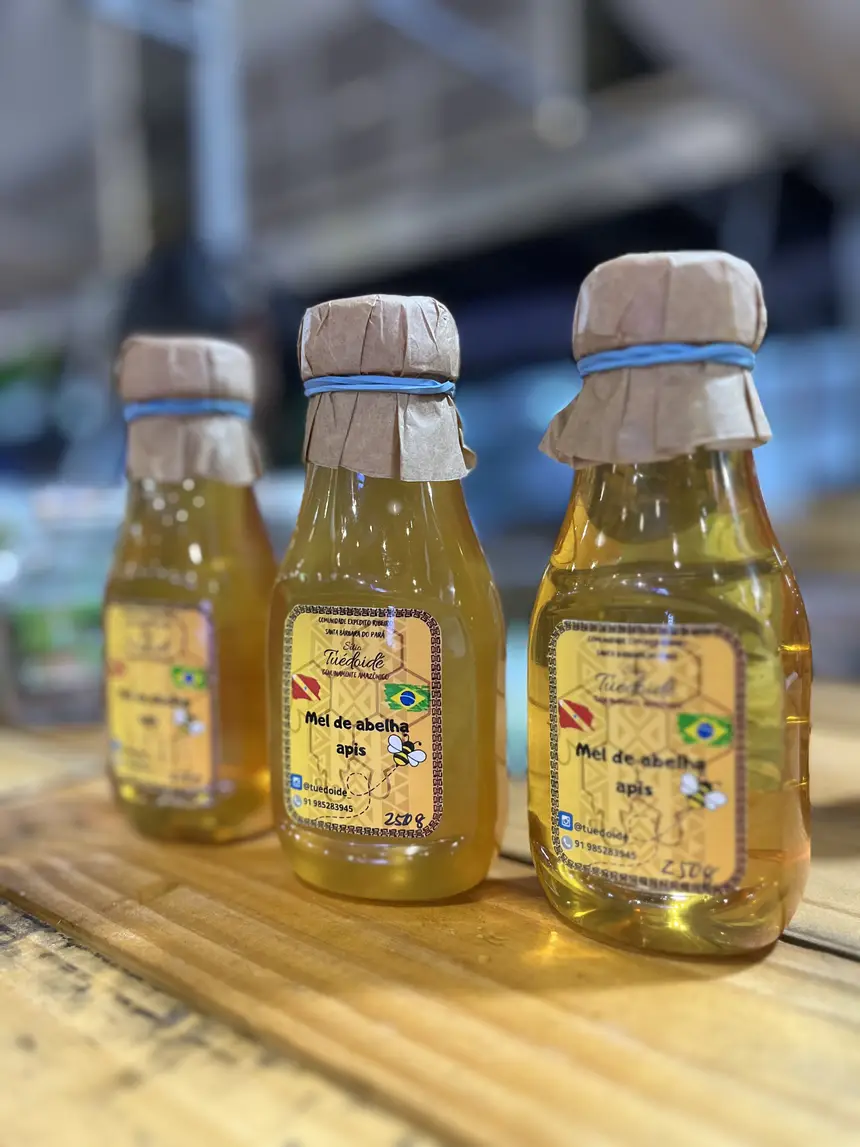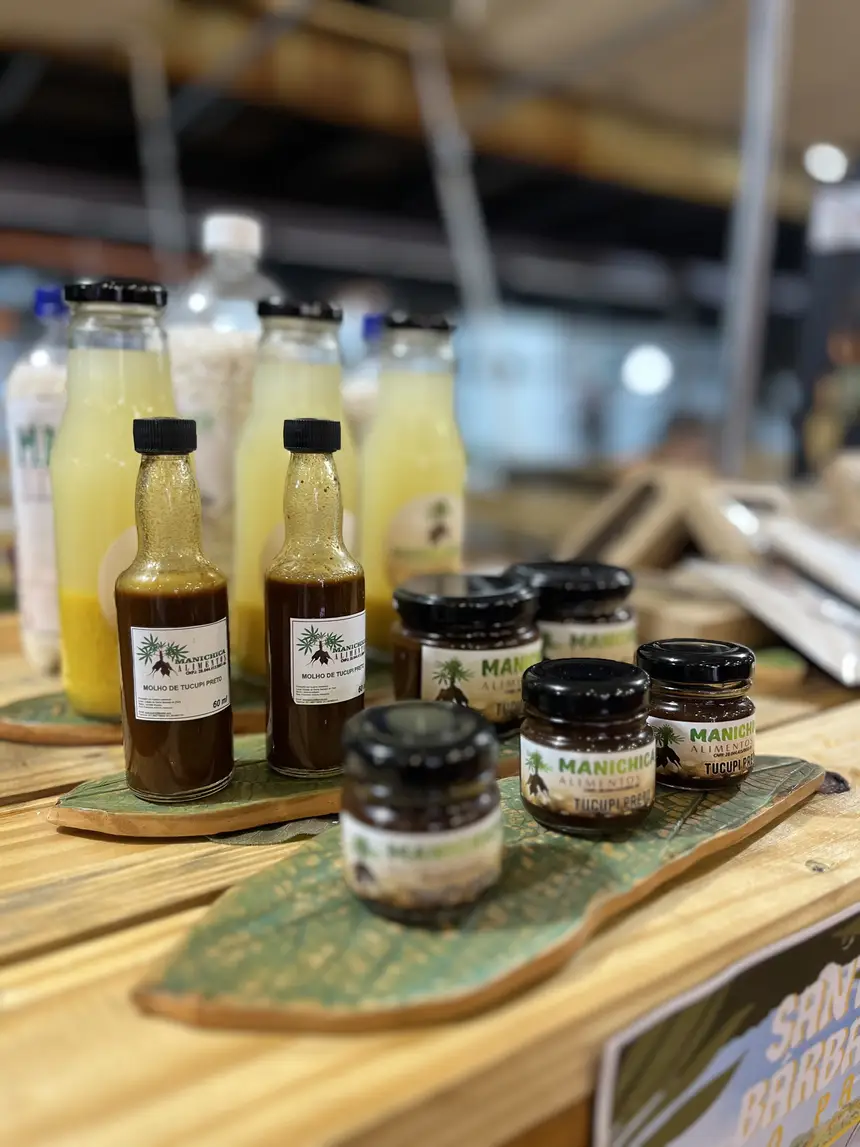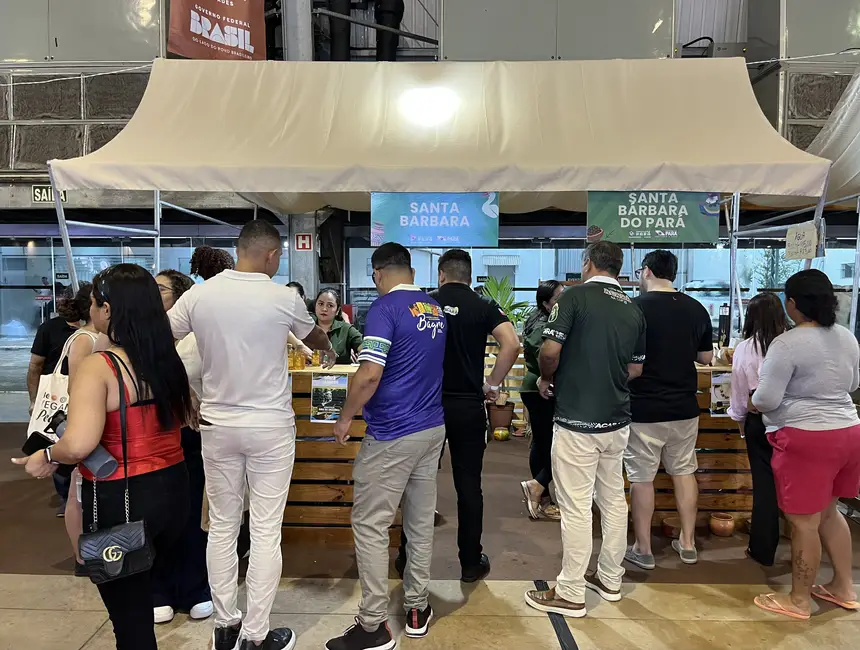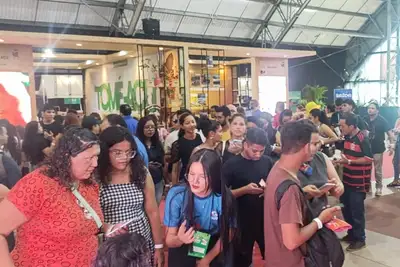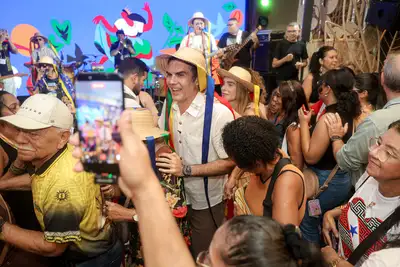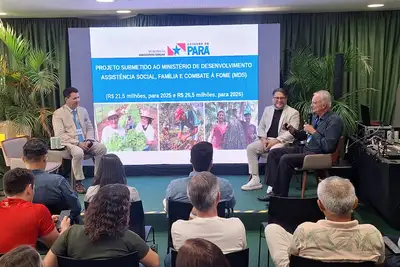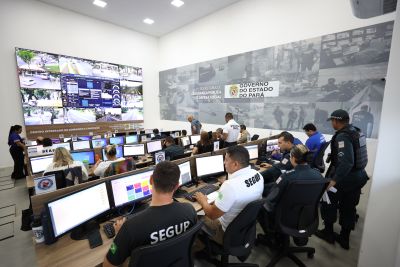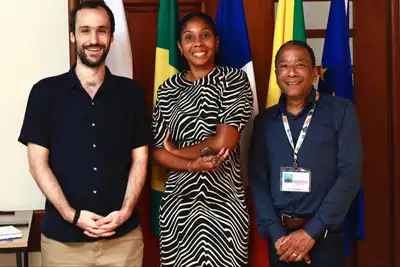Tourism-Associated Production is Highlighted at the Pará Municipal Pavilion at COP30
Handicrafts, family farming production, gastronomy, local festivities, and knowledge are examples of tourism-associated production
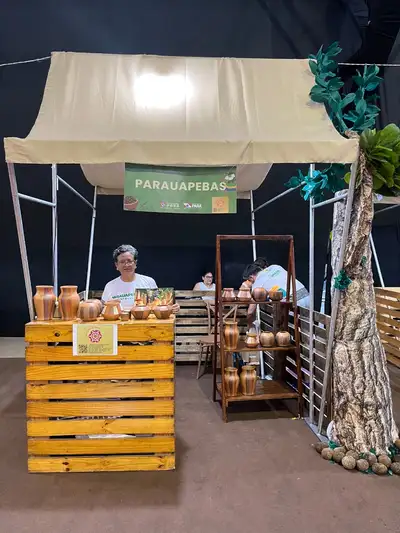
Handicrafts, family farming production, gastronomy, local festivities, and knowledge enrich and complement the tourist experience, as well as promote community development. All these activities are part of tourism-associated production. From November 17 to 21, the municipalities of Pará showcased their products during the Pará Municipal Pavilion at COP30.
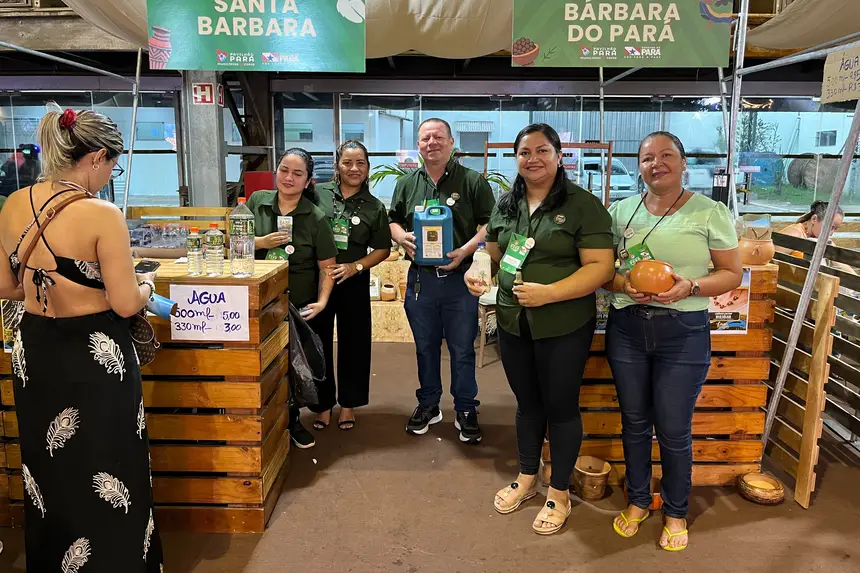
At the Santa Bárbara associated production stand, the products presented included tucupi soy sauce, honey, mineral water, chocolate made from floodplain cocoa, and fertilizers made from organic compounds.
"Here, all our products are from family farming or cooperatives, with a more sustainable proposal that combines three pillars: economic, environmental preservation, and social valorization, and also generates income for the community," says Marcos Maia, agricultural technician and rural extensionist.
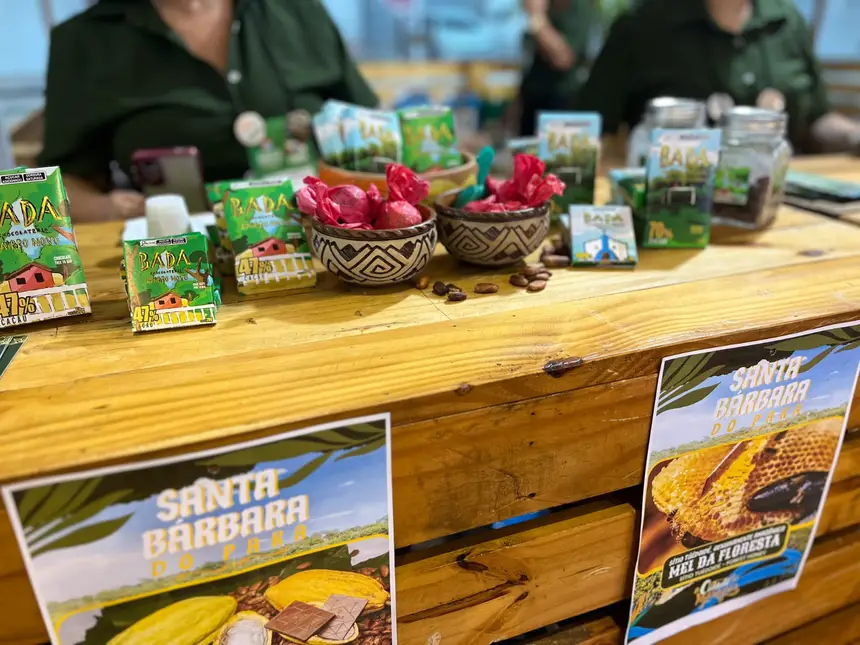
The products brought by the municipality have some unique features; for example, the chocolate has a bitterness due to the cocoa being from the floodplain. The honey comes from the Apis bees, stingless bees, but with the flowering of the mangrove, which produces quality honey. According to Marcos, 60% of the geographical territory of Santa Bárbara is rural, which contributes to strengthening family farming in the region.
Another product presented was the fertilizer, which uses organic compounds. "For the production of the fertilizer, we have a process; we work with separated waste. Every market, that fruit here doesn't sell, that tomato that changes, it is selected and placed in the processing shed. The cleaning of the city streets, the pruning in the city, all that carbon is crushed and goes through the fermentation process, and then all that liquid is separated from the solid, and it works through aeration, where in 60 days we have both the liquid organic compound fertilizer and the solid one," explains Marcos. The fertilizer production process involves 33 families.

Ceramic pieces with archaeological identity from the Parauapebas region, which includes minerals in the production of the paint, were available at the municipality's stand. The pieces were produced by the Carajás artisans' cooperative, Mulheres de Barro, a cooperative with 22 members, 18 of whom are women.
"Ceramics exist anywhere in the world, but with these graphics, with these colors, which are printed from the minerals extracted in the region, are unique to us. They are unique pieces for those who love art. We brought various pieces, such as vases and candle holders," comments exhibitor Sandra Santos.
The ceramics from Parauapebas are known as Tapirapé-Aquiri, which means the meeting of two rivers, and is also the name of the national forest where archaeological finds were discovered, which inspire the decoration of contemporary pieces.
During the 5 days of the Municipal Pavilion, products from tourism-associated production could be purchased at 23 exclusive associated production stands and in 80% of the 92 stands participating in the event.
For the tourism secretary, Eduardo Costa, tourism-associated production strengthens the state's identity, in addition to generating jobs and income. "We understand that tourism is also made with people, with stories, and with products that express who we are. We want those who visit our state to take home memories, flavors, and knowledge. Supporting tourism-associated production is about developing territories and generating opportunities. Today the Municipal Pavilion is ending, but the invitation remains to discover each incredible, diverse, and rich place in Pará," he concludes.


